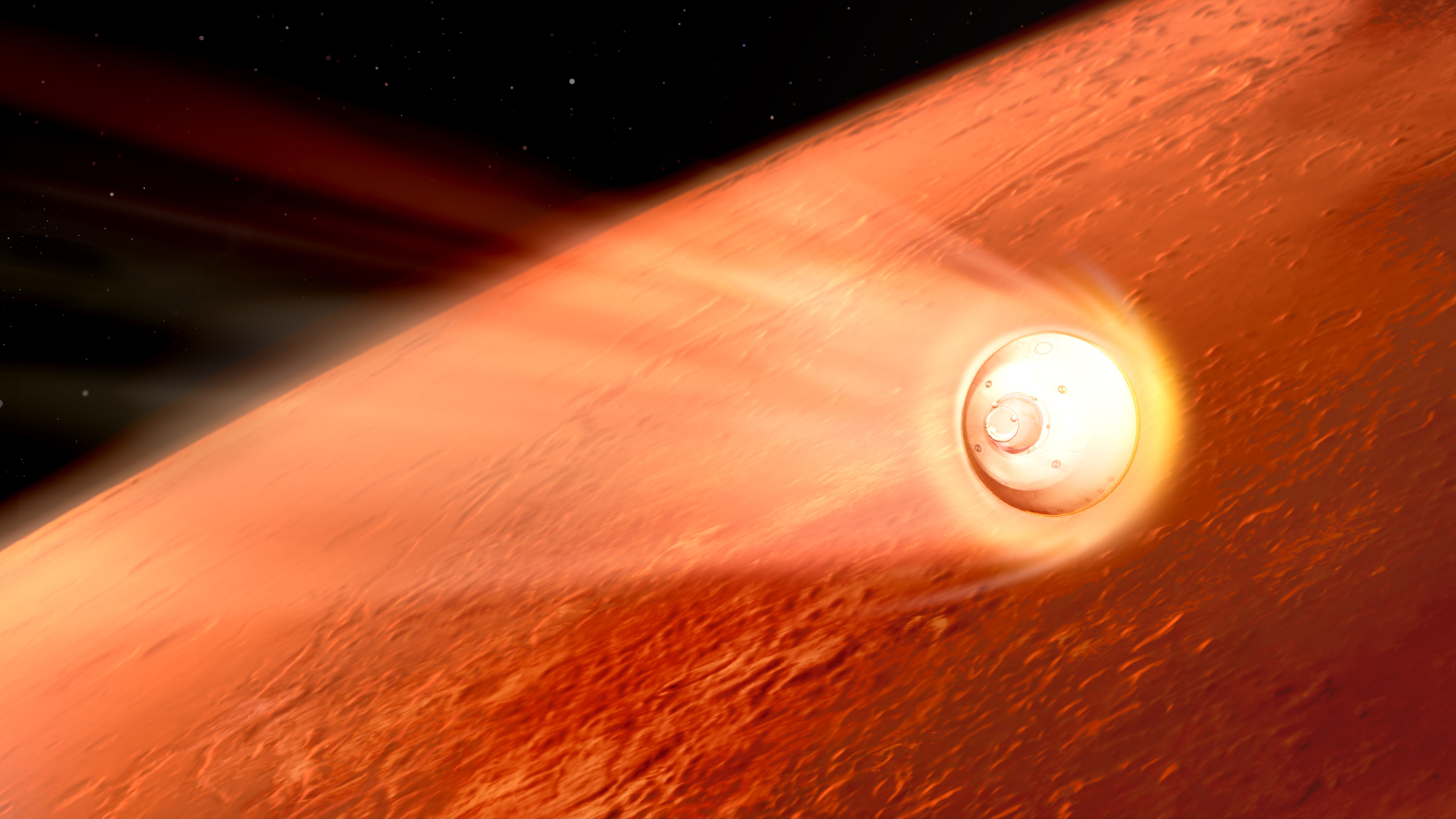

Learn more by listening to the episode "What is a star?" on the Ask A Spaceman podcast, available on iTunes (opens in new tab) and on the Web at. This fact makes them oddly easy to predict and understand. Stars are a special, unique breed - a temporary object powered by fusion. The vast majority of matter in the universe is strung out in wispy nebulas. Nature rarely affords such straightforward insights, but stars are truly special cases in the universe. This enables them to predict its future and its evolution. With it, astronomers can spot a star, measure its brightness and temperature, and know exactly where in its life cycle it is. That Hertzsprung-Russell diagram is the unsung hero of observational astronomy. Things that exist outside that strip are either giants attempting to fuse heavier elements in a futile attempt to stay burning, or dead and decaying remnants like white dwarfs and neutron stars. It's an object that burns hydrogen and steadily evolves along that narrow strip connecting its brightness to its temperature. Other stars might zigzag back and forth, alternating between blueness and redness as heavy elements attempt to fuse deep in their hearts.Īrmed with the Hertzsprung-Russell diagram, we can see what truly defines a star: it's an object that lives on the main sequence of that diagram. Large stars become red giants, which occupy their own positions on the Hertzsprung-Russell diagram. Once hydrogen fusion ends inside of the core of a star, it moves off the main sequence and evolves in different directions. A low-mass red dwarf can spend trillions of years on the main sequence, while a giant star bigger than our sun may only last a few million years at best. How long they live on that track, burning hydrogen in their cores, depends on how massive they are. As stars age, they slowly and gently move up the track along the main sequence, becoming steadily brighter and bluer as the eons go by. This stripe is known as the main sequence, and stars that burn hydrogen in their cores (the primary fuel source for the vast majority of a star's life) will live somewhere on this stripe. This stripe runs from the dim, red end to the bright, blue end. Instead there is a stripe running diagonally that the vast majority of stars live on. It turns out that stars don't have all sorts of color and brightness combinations. If you take a whole bunch of stars and plot their temperature and their brightness, with one point for each star on the diagram, you find something surprising. The Hertzsprung-Russell Russell diagram is a plot of the temperature of a star (which we can get from its color) and its brightness. The solution came with what we now call the Hertzsprung-Russell diagram, which is the backbone of understanding how stars live even today. A hundred years ago, when astronomers were first cataloging stars, this was absolutely a confusing mess, with apparently no rhyme or reason between a star's color and its brightness and size.
#Whats a spacie how to
Related: How to tell star types apart (infographic)īesides the small red stars, the medium white stars and the big blue stars, there are of course all the in-between stars, and some strange ones that are both large and red. This is because they emit so much energy that the radiation that comes out is actually all the way over in the ultraviolet, with a little bit of the emission coming out in the blue end of our visible range. For the majority of their lives, the biggest stars are tinted blue. For example, we see the spiral arms of galaxies not because they are that much more populated than the spaces in between, but because they are lit up like Christmas tree lights with bright stars.Īlmost every star you see in the night sky is much larger than the sun. But because they are so intensely bright, they are easy to spot. They emit radiation throughout the visible spectrum, making them appear nice and white (yes, our sun is really white, but filtered through our blue atmosphere it appears slightly yellow).Ībove that you have the giant stars, which are as big as they are rare. Medium mass, medium brightness, medium lives. The next category up in stars are the ones like our sun. They are by far the most common star in the Milky Way galaxy, though they are so small and so dim that even our nearest neighbor star, Proxima Centauri, is completely invisible to the naked eye.

They only weakly and feebly burn hydrogen in their cores and emit radiation primarily in the infrared part of the electromagnetic spectrum, hence their dull red color. The smallest stars are called red dwarfs, because they are red and small.


 0 kommentar(er)
0 kommentar(er)
